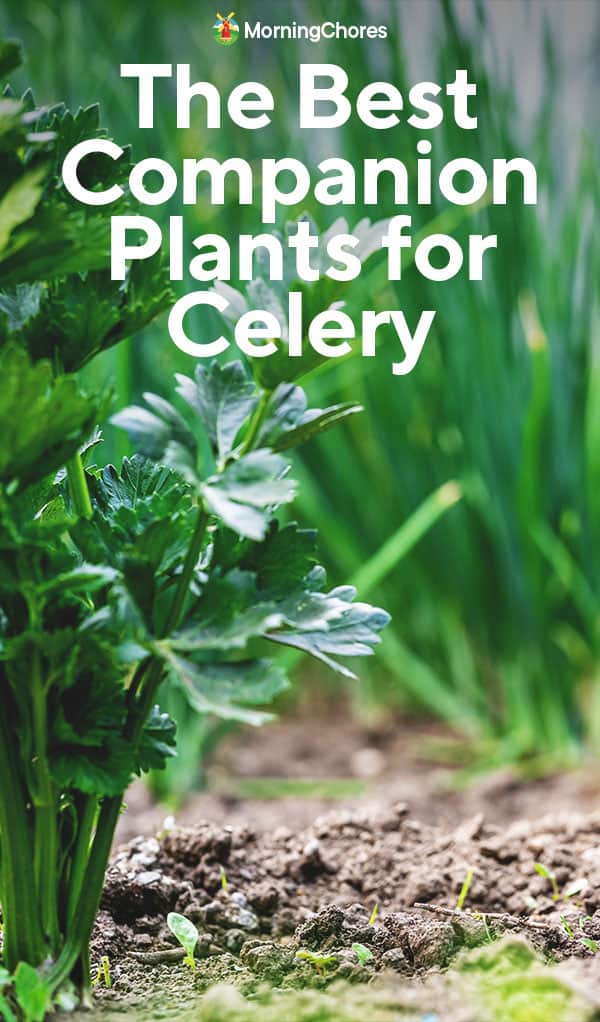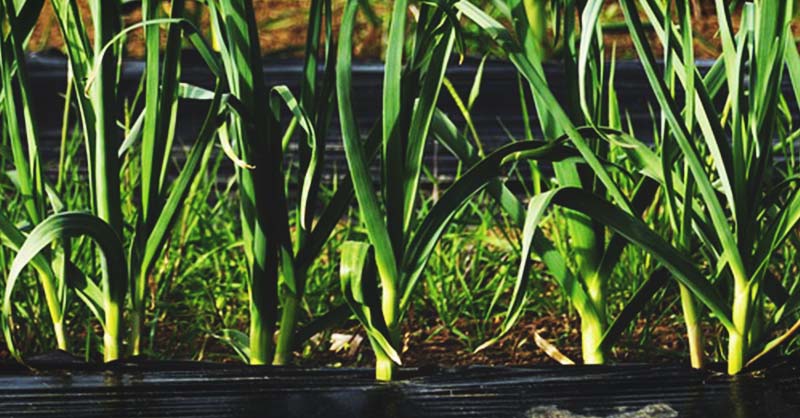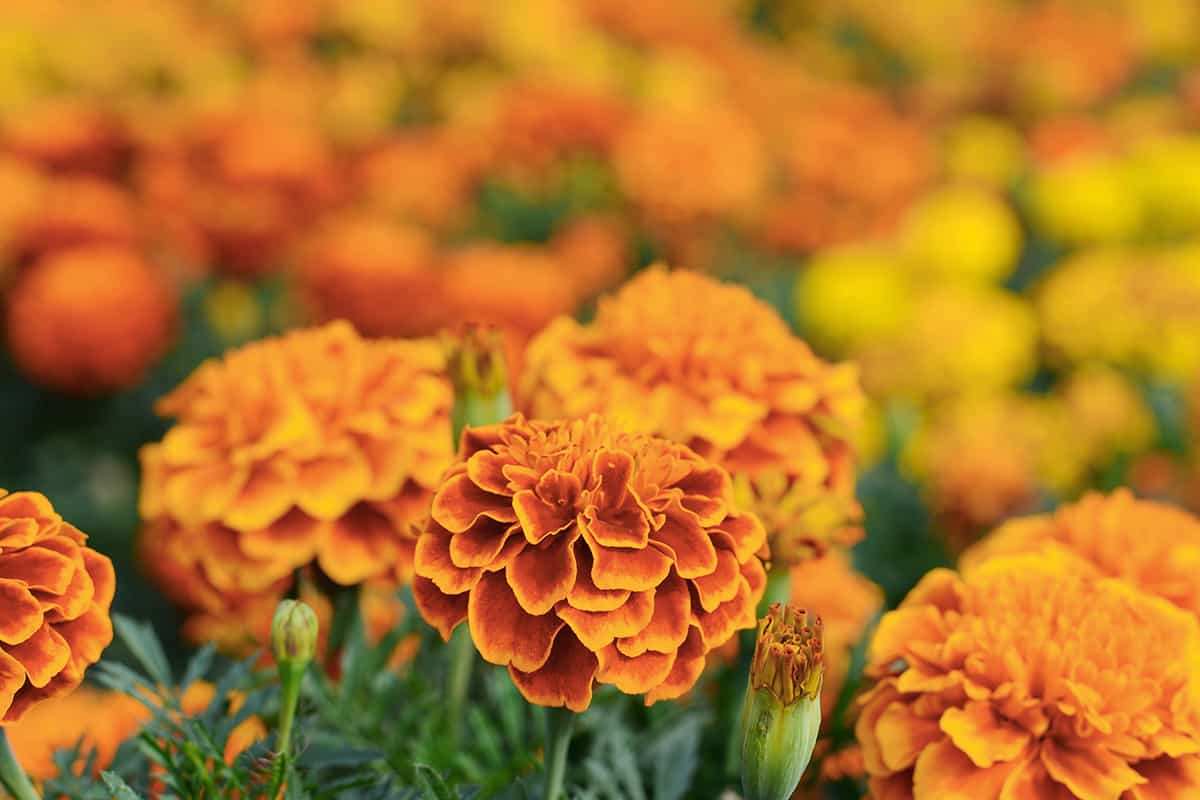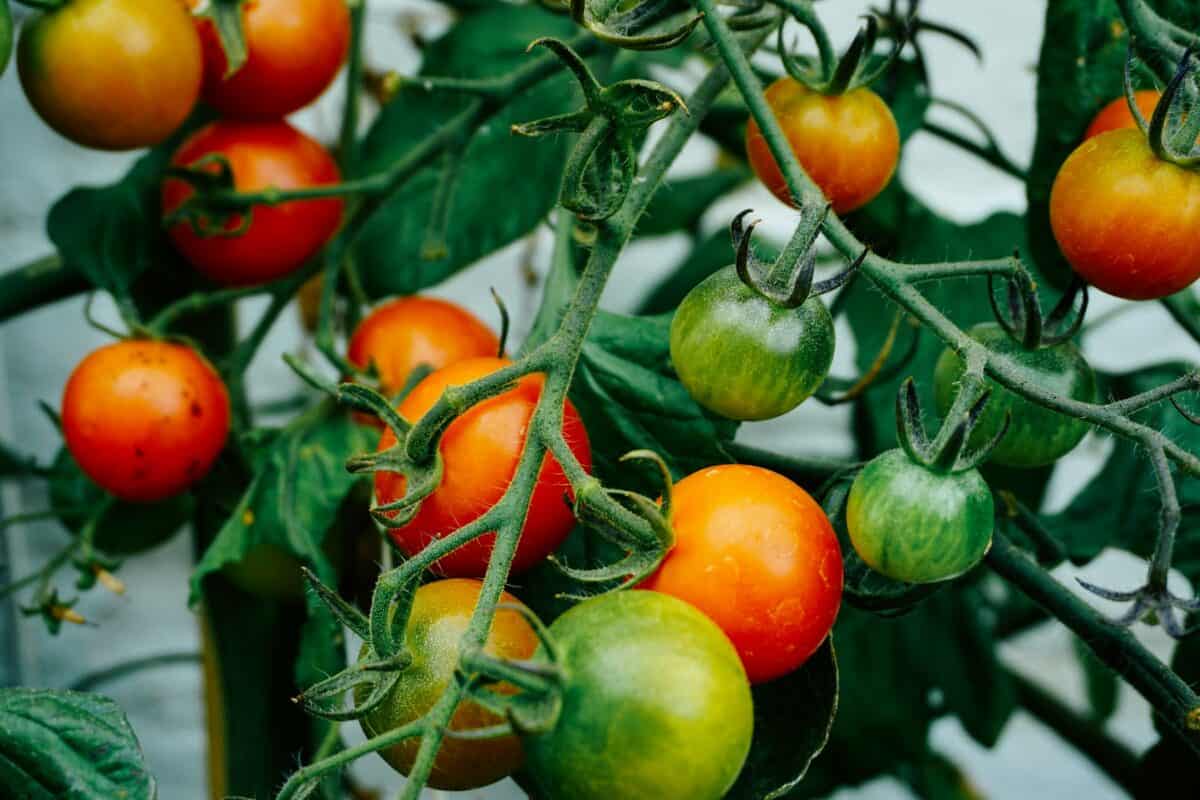For a variety of reasons, celery is one of my favorite vegetables to grow. It can be used in a variety of recipes, not only being crispy and juicy. Celery tastes best when fresh and picked from the garden, and it is used as a base in soups, stews, and casseroles.
Planting celery with compatible companion plants boosts its performance. Since you plant celery quite widely apart, it also works well with companion planting since there are many options for companions.
Since frost softens the stalks and intercropping may do that, celery prefers protection from frosts. Want to improve the quality of your celery harvest? Let’s go.
Why Companion Plant?
Before we look at the different plants that grow alongside celery, let’s talk about companion planting, often known as intercropping. This is a skill that you’ll need for all of your growing activities.
Companion plants help you use your garden area more efficiently by aiding one another’s development, repelling insects, and increasing growth. In companion planted gardens, pollinators drawn to one plant will migrate to all of the plants.
When plants are companion planted, their health improves, and harvests last longer throughout the season. Some plants, when planted with others, act as a line of defense.

Companion Plants That Grow Well With Celery
Choosing celery as a growing medium has the following advantages:
1. Legumes

Since celery is a heavy feeder, it needs a lot of nutrients from the soil. In the soil, celery gobbles up nitrogen and other nutrients that legumes replace. It takes roughly 16 weeks for celery to develop completely, so nutrients must be removed over a long period of time.
For a healthy partnership, try these legumes:
- Plant lentils six inches apart between or around celery when the soil temperature is above 40 degrees Fahrenheit. Try it out in USDA Hardiness Zones 5 to 11, despite the fact that it is not a popular or popular option.
- Beans have the capacity to offer both advantages. Celery emits a smell that repels whitefly, and beans provide nitrogen to the soil. Celery and the bean benefit equally from this relationship, as beans are often attacked by whitefly. One of the most effective companion plantings is celery and beans.
- Garbanzo Beans (Chickpeas) and Celery: These sun-lovers have the same temperature requirements, so they can be planted together. Both plants grow slowly, taking around 100 days to mature, and require 60°F to 70°F to thrive.
2. Brassicas

Brassicas aided celery in growing bigger and stronger, according to one research.
- Broccoli: Broccoli is thought to enhance the flavor as well as repel whiteflies, according to legend. They both like the sun.
- Plant radishes among the slower-growing celery to ensure a quick harvest. You may get two or three radish harvests to one celery harvest, as the radishes are resistant to whitefly. Just don’t put the radishes near to celery’s shallow root systems, or they’ll be disturbed.
- Celery, according to some brassica gardeners, improves the flavor of kohlrabi. In comparison to celery, Kohlrabi has a more earthy flavor.
- All of the veggies have strong scents that drive away each other’s pests, including celery, cabbage, and cauliflower. This combination makes it difficult for pests to zero in on their preferred food.
3. Alliums

The flavor of celery stalks is supposed to be enhanced by alliums. Have one celery bed with no companion plants and another celery bed with alliums to compare the difference for you to do as a test.
- Onions: Onions, particularly alliums, emit a substance into the soil that helps repel insects that harm celery plants’ roots.
- Garlic: Garlic’s antifungal properties help keep the soil around celery healthy.
- Aphids, a common garden pest that appears to eat everything, are attracted to celery and chives help repel them.
- The plants benefited each other and boosted yields, according to a research involving leeks.
4. Herbs

The odor of celery is masked by the stronger scents of herbs in celery beds, which discourage pests. The bigger blooms may provide a little shelter from the searing heat, while attracting pollinators.
- Rabbits, hares, and deer are deterred from approaching your celery by mint, a powerful herb.
- Rosemary: In huge numbers, rosemary attracts pollinators. Carrot fly, cabbage looper, slugs and snails may all be repelled by rosemary. Rosemary is a slug and snail repellant that loves young, tender celery, so it’s a spray and chemical-free garden favorite.
- Ground cover herbs like thyme help to prevent celery from nourishg nutrient-gobbling weeds by covering the ground.
- Dill attracts beneficial insects to the garden by its distinctive aroma. Mantises, ladybugs, and wasps are all praying mantises. Aphids and other bugs that want your celery are a favorite of these insects.
- Because it attracts whitefly away, parsley: parsley is a suitable sacrificial crop for celery. Since you don’t want to plant it near celery, it isn’t technically a companion crop. Move the whitefly from the parsley to the celery patch to avoid problems.
Shade, insect repellant qualities, weed suppression, and soil health are some of the other herbs you can grow with celery:
- Oregano (in containers placed by the celery)
- Cilantro
- Bee balm
- Sage
- Basil
- Chamomile
5. Flowers
Flowers with splashes of color and beneficial celery properties abound in the garden. Rather of focusing on just veggies, picture a mixed garden.

- Marigold is a excellent flower to have around any veggies, not just celery, because nematodes are repelled by it. Flea beetles and cabbage worms are also repelled by marigolds. Plant in a row behind celery in a straight line. They or something surrounding them are the source.
- Parasitic wasps find Cosmos appealing. When the cosmos tempts them into your celery patch with a feast of insects they adore to devour, they’ll discover a plethora of insects attacking your celery plants.
- Nasturtiums are a plant that I adore and despise at the same time. Celery will be attracted away from aphids and whiteflies by these attractants, but there are problems. If left to their own devices, nasturtiums spread rapidly and produce a lot of seeds in the spring. This makes them invasive. Plant nasturtiums in pots rather than the ground if you want to grow them. Remove any seeds you find on the ground and keep them trimmed to the area you want them to be.
- Geraniums planted in clusters are disliked by slugs. Flea beetles and snails are repulsed by the fragrance of geraniums.
6. Tomatoes

Cherry tomatoes help celery, according to a research from a few years ago, and the celery harvest grows bigger and healthier.
Other Plants You Can Intercrop With Celery
The plants we’ve talked about so far are the ones that make the most sense as celery companions for beneficial reasons. Celery can be grown with a variety of plants. Some grow well with celery and others have benefits. They are as follows:
- Spinach
- Cucumbers
- Zucchini
- Turnips
- Snapdragons
Plants You Shouldn’t Intercrop With Celery
Certain plants just don’t get along. They may attract pests and diseases that are detrimental to each other, resulting in stunted growth. Plants and your harvest may be harmed by the incorrect combination.
- Corn is a demanding feeder, and celery’s nutrients will be competed for by it. Corn also grows to be quite tall, shading celery as well.
- Celery and potatoes have similar ailments in the potato family. It’s risky to plant them side by side. Most potatoes, too, have an incorrect ripeness date. When the celery needs a little extra time in the garden, you’ll harvest potatoes. It might be disturbed too much by harvesting potatoes near celery.
- Carrots: A garden with both planted side by side becomes deficient in nutrients since celery and carrots need the same nutrients.
- Parsnips: Like carrots, they need the same nutrients as celery and are similar to them.
- Verticillium wilt affects both strawberry plants. Your strawberry patch may be destroyed by planting celery beside them. After that, for a few seasons, you don’t want to plant celery or strawberries in an area of the garden.
- Rutabaga: Celery has a shallow root system. Pulling up the Rutagaba root system will harm celery because it disrupts the root system.
4 Tips for Companion Planting with Celery
- Practice with different celery plantings. Some plants you definitely cannot plant with celery. Others work just okay. Sometimes different gardens allow for different companion planting results, so get to know your garden and what plant combinations work.
- If you notice something wrong with your celery, you should note which plants are growing with it. Sometimes you can give celery all it needs in terms of nutrients, soil quality, and water, but one other plant causes it to struggle. Keep a notebook if you’re interested in companion planting so you don’t repeat mistakes.
- Practice companion planting to create a more even garden of varieties of plants.
- When you compare companion planting with a monoculture system, take note of the quantity of celery pests and choose which works best for you.
